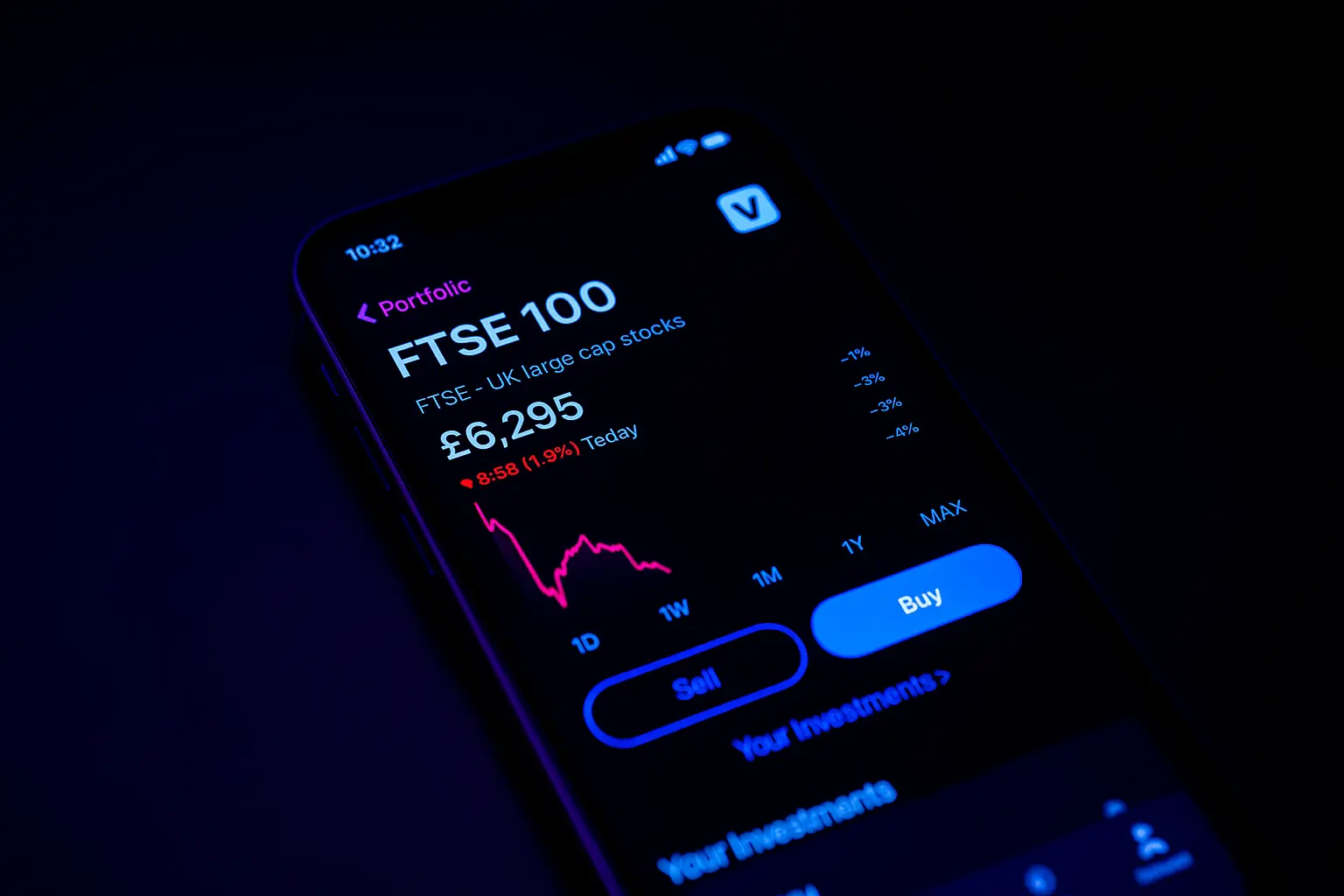Banking of the Future Community: A Taste of a New Quality of Banking
22.08.2022 | 3 min read

For the past few months, we have been working on the Virtual Branch—a product that delivers a digitally improved customer experience with a focus on convenient access to competencies that banking clients look for. Today, we speak to Karol Stępień about the Banking of the Future community and how its members contributed to the development process of the Virtual Branch solution.
Marta Klepka: You worked closely with banking leaders and various stakeholders in creating the Virtual Branch. In the process, you created a Banking of the Future community that allowed members to experience the process of creating a digital product. What was the idea behind creating this community of banking and fintech leaders?
Karol Stępień: The idea was to help ourselves, as financial institution representatives, and to get solid proof that it is possible to validate a big business idea in just a few days. It meant that we could put a stop to the endless discussions, steering committees, and other corporate ways of working and instead go through phases such as ideation, prototyping, and verification very quickly.
We wanted to show that by using a methodology like the Design Sprint developed by Google, we can save a lot of time and money for big banking institutions.
It takes you just 5 days from the problem statement, through ideation, sketching the solution, prototyping, and validating it with the end users. So far, we have done it three times and tackled a different challenge in each case.
We had a great group of experienced representatives with a very broad understanding of the industry. We worked with leaders from Polish banks such as BNP Paribas, mBank, PKO BP, and Pekao SA, but also international companies like Pexip, Airwallex, Stripe, Mambu, Tink, and Mastercard. Each time, we created a working prototype of a solution to a real-life problem and validated it with clients. We were doing it fully remotely—so we proved to the market that it is possible to work fast, remotely, and come up with a solution that can be a game changer.
Through this experience, we created great relationships and we formed a community that was able to exchange opinions and insights in a more specific way than it typically happens. The workshops were very interactive, and we co-created the solutions with the participants. We had the unique possibility to be open and understand the perspectives of many players in the market.
It must have been really exciting for the banks to see solid proof that these processes don’t need to take months, but that the work can be done in days and completely remotely. I also remember that the first event happened during COVID, so you had to conduct both the workshop and the networking remotely.
This is true. We did a virtual wine-tasting event with a professional sommelier, and it was cool and helped us build relationships.
I would like to go back to the Virtual Branch concept for a second. Isn't it tempting for other businesses to use this solution so they can serve their customers in a completely virtual way?
Yes, it applies to more industries than just banking. We can already see that it might be very helpful in the insurance sector. I can see many more sectors, like automotive or healthcare, that can strongly benefit from having a virtual branch. The truth is that there was not too much opportunity before COVID to get medical advice online, and now telemedicine is a huge opportunity to serve a larger market. So, with the rapid changes that are still moving many processes online, Virtual Branch presents an exciting business opportunity.

This sounds interesting. Could you share a bit more about what the future holds for you?
Sure, I will just try to summarize my thoughts. In many cases, it is not about the product and its features. It is about how the client feels when contacting your company and interacting with the value proposition.
I strongly believe that the focus of business leaders should be on emotions in the buying or service processes.



